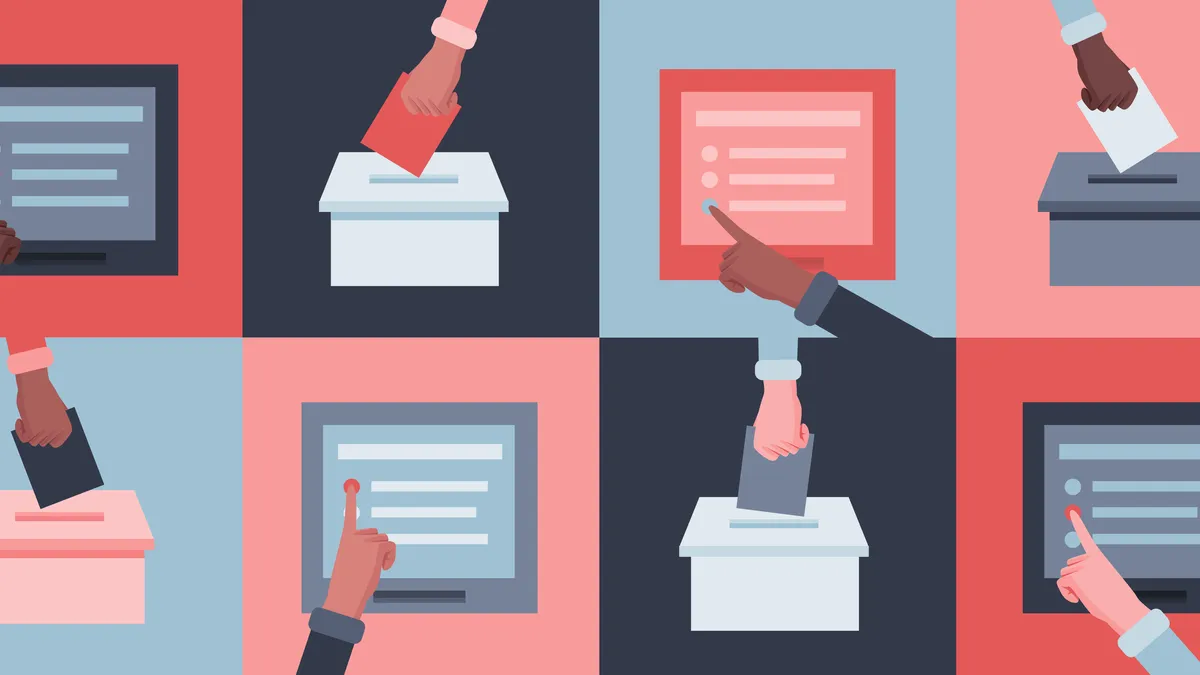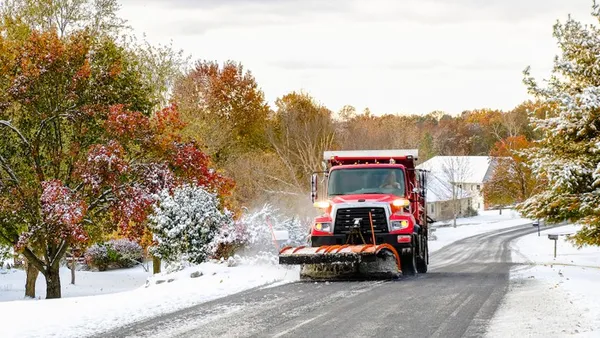Editor's Note: The following is a guest post from Matt Dunne, an advisor at Voatz. Dunne formerly served in both the Vermont House and Senate, and ran community affairs for Google.
Come Nov. 3, 2020, there will be roughly 6,000 elections running simultaneously. Some election officials will have to deal with physical polls, while many others will face a deluge of mail-in-ballots — with the embattled U.S. Postal Service in the center of a political and logistical storm.
It is astounding to realize that in 2020, submitting a ballot via mail, unsecure email and fax are the only options available to overseas, military voters and voters with disabilities. Defense Department officials have said mail-in voting is particularly challenged this year due to flight interruptions and international mail restrictions.
Email and fax options — both notoriously not secure — present additional logistical hurdles for voters and officials as they are not private; officials can see who exactly is voting, and how they are voting. Some election officials are even still expected to hand-copy attachments from emails and their fax machines onto paper ballots to run through compatible ballot readers.
And while managing all these factors, officials will need to communicate confidence and transparency about the election results.
We are at a unique moment in time. We’ve had to significantly shift how we do things to keep people safe during a pandemic, from education to transportation and healthcare. And in this important election year, we must consider how we engage in our democracy.
Technology has been the underlying factor that has allowed us to adjust to our "new normal." It has both evolved and rapidly adapted to what we need, as we’ve been able to connect virtually on nearly every operation. But not all technology is made equal, even if it meets our immediate needs — and in our elections, we need to do better.
Our remote voting systems are lagging when it comes to leveraging technology, and we know the human mistakes with email that can bring an entire company to its knees. Instead, let’s build upon technology that we’ve tested and relied on for the last decade to give ourselves a better system that is representative of a truly engaged democracy.
Our mobile devices are some of the more secure and convenient technologies we have on hand. With multiple touchpoints to prevent identity theft and multiple layers of defense against tampering and network issues, a hack into an untethered iPhone costs nearly $1 million, and hacking an Android is almost twice as expensive — close to $2.5 million.
I'm encouraged by mobile technology that has been used for years to deploy successful federal election pilots. Many of these efforts showcase the potential usage of a mobile platform that can verify identity; allow a voter to privately verify voter intent; securely transmit a ballot and audit results. Election officials who we rely on in November have tested several of these systems and have experienced positive results by extending a convenient and secure voting option to previously disenfranchised voters.
Now is the time to utilize these kinds of proven tools, and for states or even Congress to quickly set up rules and standards to govern mobile voting technology. We must do this to allow for our military and those continuing to serve overseas, as well as those who are disabled, the opportunity to vote securely and with confidence.
The November 2020 election is likely to be the most contentious election in a generation. We need to ensure we are using modern tools that actually provide the security we need in the 21st century.










